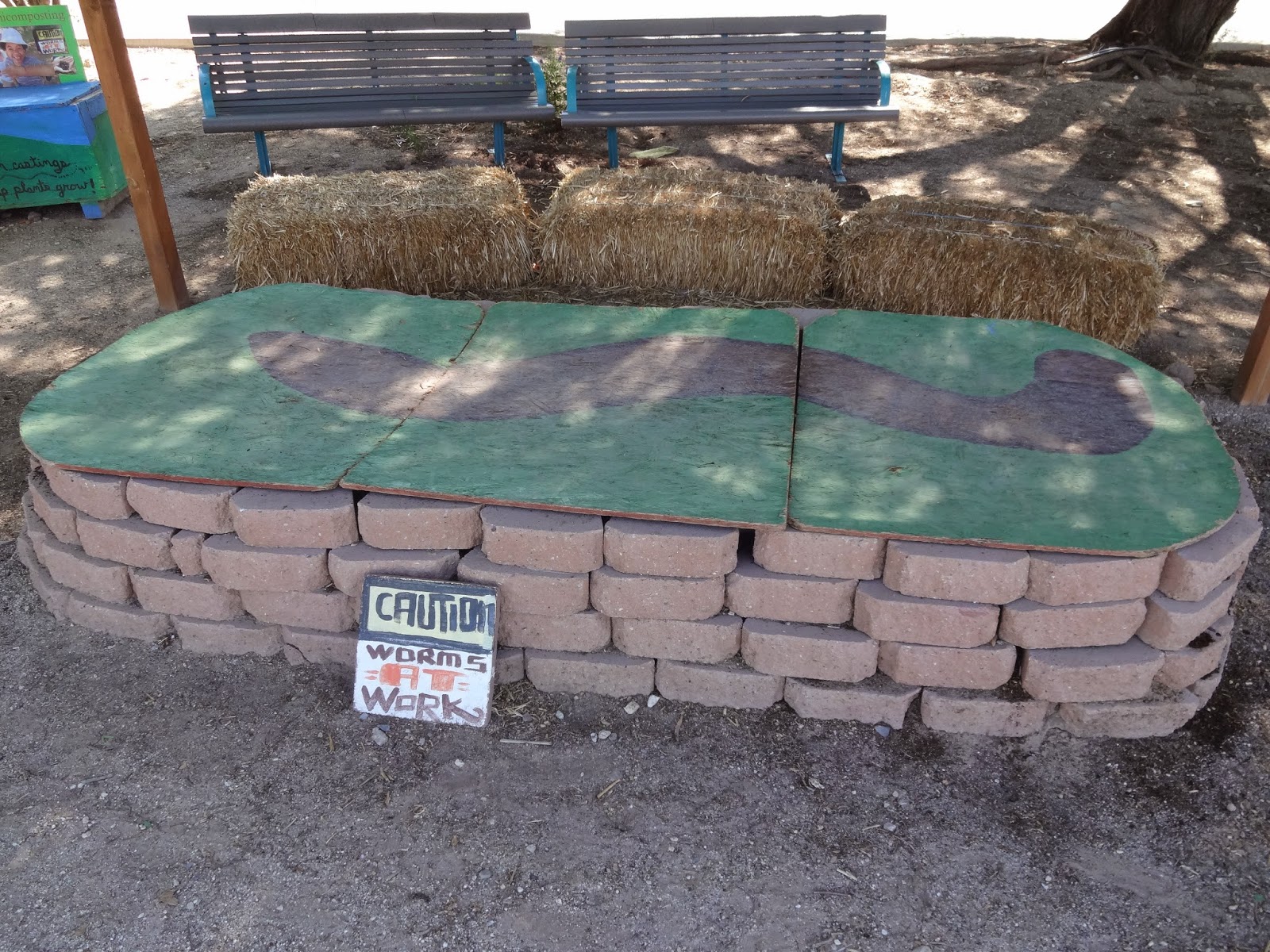 |
| The pretty color of the Rattlesnake Pole Bean |
For
years I have been looking for a Phaseolus
vulgaris
pole bean variety that does well in our summer environment. Many
other bean varieties do incredibly well in the Tucson Heat, such as
the Chinese Long Bean (Vigna
unguiculata
subsp. sesquipedalis)
the
Tepary bean (Phaseolus
acutifolius)
and the Purple Hyacinth Bean (Dolichos
lablab
L.).
Unfortunately, the Chinese Long Bean and Purple Hyacinth bean take a
lot of effort to prepare while the Tepary bean is a natural carrier
of bean mosaic virus - a disease I do not need to expose my garden
to. The Phaseolus
vulgaris
or common bean tastes good for my family no matter how we prepare it
(baking, boiling, stir-frying, steaming, eating raw).
 |
| Rattlesnake Bean Flowers |
Having
heard that Rattlesnake pole bean grows quite well in Tucson and
knowing it to be a a Phaseolus
vulgaris variety
I obtained this variety from a local seed source this last winter.
 |
| Rattlesnake Pole Beans are quite productive |
 |
| Top left leaves showing the first Signs of Diseased Bean Leaves |
Without
considering the potential consequences of planting a “native grown”
variety in my garden, I planted out all the seeds in the packet. The
purpose of a pole bean variety in my garden is to provide west-side
shade for my tomato plants. This requires that the beans that I plant
be completely disease-free, as any disease such as mosaic or leaf
curl can spread like wildfire among some of the most virulent tomato
plants. Out of the 50 plants Rattlesnake bean plants that popped up
about 5-8 had leaves that looked wrinkled and deformed. These were
immediately pulled from the garden and discarded. As the remainder of
the plants grew, I noticed that many of the lower leaves died off.
Though the premature leaf death of lower leaves is very similar to
the Tepary bean the yellow leaves with brownish-gray spots was not.
 |
| Rattlesnake Beans Spreading Blight to Tomato leaves |
 |
| Rattlesnake Beans (dead leaves) next to dying tomato leaves |
 |
| Another look at the Rattlesnake Pole Beans next to Tomatoes |
By
the time I noticed the yellowing leaves and brownish-gray spots on my
tomato plants it was too late. A bacterial blight spread like
wildfire directly from the Rattlesnake beans to my Tomatoes and
Purple Burgandy Bush Beans (also Phaseolus
vulgaris) then
to my cucumber-melons. Normally, it can be difficult to trace the
direct cause of a garden disease. However, in this case there was a
direct correlation between where these beans were growing and where
the disease spread to other plants. Every day I went outside to pull
branches, leaves, and plants from my garden.
 |
| The characteristic circles and yellowing associated with Tomato Blight |
 |
| Leaves of Tomato Plant experiencing Blight |
 |
| Tomato Blight leaf remains exhibit wilted yellow/grayish leaves |
When the disease finally
began to spread to my sweet potatoes I knew that this was truly a
bacterial blight and that the only plants I had a chance of saving
were my sweet potatoes and Sunchokes.
 |
| Blight effecting Sweet Potato Leaves |
Once I was certain I had ascertained the problem I spent the entire next week measuring my progress not by how fast my garden plants grew, but by how fast I could tear my garden out.
 |
| After pulling Blighted Leaves |
 |
| Ripening Tomatoes Under Shade cloth before pulling out the stems. |














































































